Top 9 Digital Design Trends Shaping the Future
The world of digital design is constantly evolving. With new technologies and innovations always emerging, digital designers must stay up-to-date on the latest trends to produce cutting-edge work. This article explores some of the most significant digital design trends we expect to see more of in the coming years.
Table of Contents
Simplicity and Minimalism
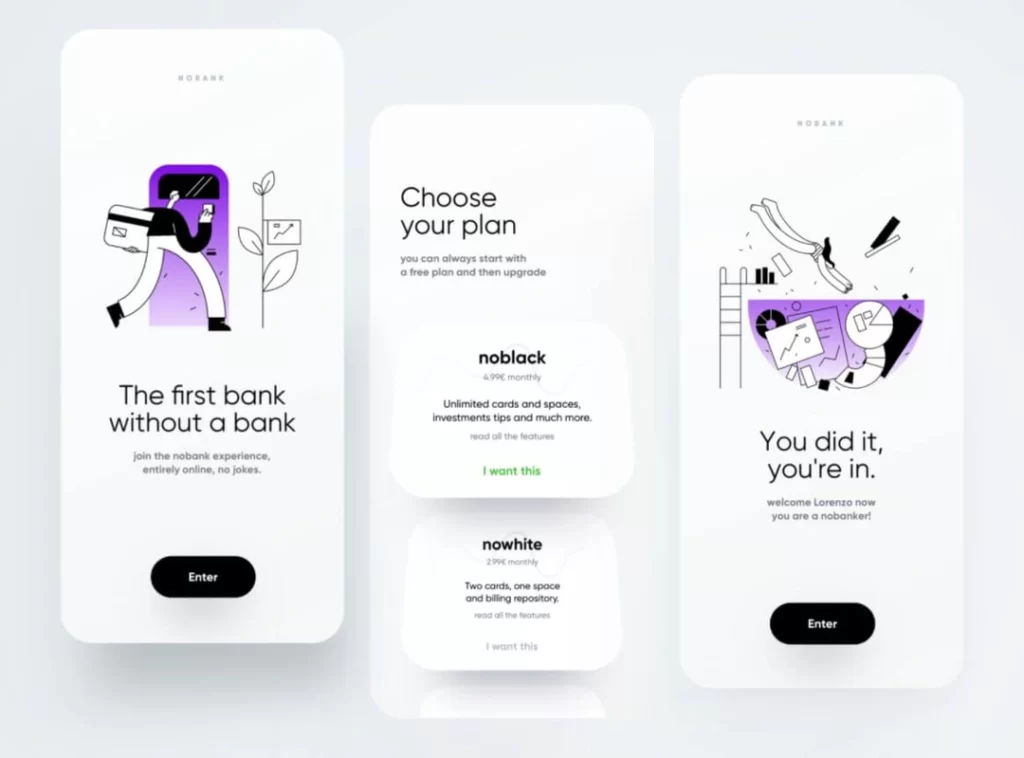
One major trend is keeping things clean and simple. Minimalism focuses on only the most necessary elements, using plenty of white space and avoiding clutter. We see this in flat design, increased use of negative space, and more reliance on typography.
As Oscar Wilde once wrote, “Simplicity is the ultimate sophistication.” Many designers embrace the sentiment by pairing interfaces and experiences to the bare essentials. The goal is to reduce visual noise and distractions so core content shines through.
Why It Matters
- Clean, minimalist designs tend to be more usable and intuitive for users
- Removes unnecessary elements that might cause confusion
- Allows key content to stand out better
- It gives interfaces a sleek, modern aesthetic
“Perfection is achieved not when there is nothing more to add, but when there is nothing left to take away,” stated Antoine de Saint-Exupéry. This idea of distilling things to the absolute core elements is central to minimalism.
Decluttered Layouts
Too many websites are still cluttered with excessive text, navigation options, ads, popups, and other distractions. The trend is toward more streamlined layouts that remove anything nonessential. Key elements are emphasised while secondary items are deprioritised or removed. This helps guide users’ attention to the most critical actions and content.
Stress on Loading Speed
Website performance has become more critical than ever with the rise of mobile usage. Slow load times lead to high bounce rates, so designers optimise sites for rapid performance. Techniques include minifying code, compressing images, using lightweight fonts, and implementing efficient caching. The result is a fast, frustration-free user experience.
Prominence of White Space
More breathing room is arriving through increased use of white space. Padding between items allows page elements to stand out instead of blending. The strategically placed area also reduces cognitive load. As a result, users can better focus on crucial information and navigation options.
Vibrant Colours Bursting Off the Screen
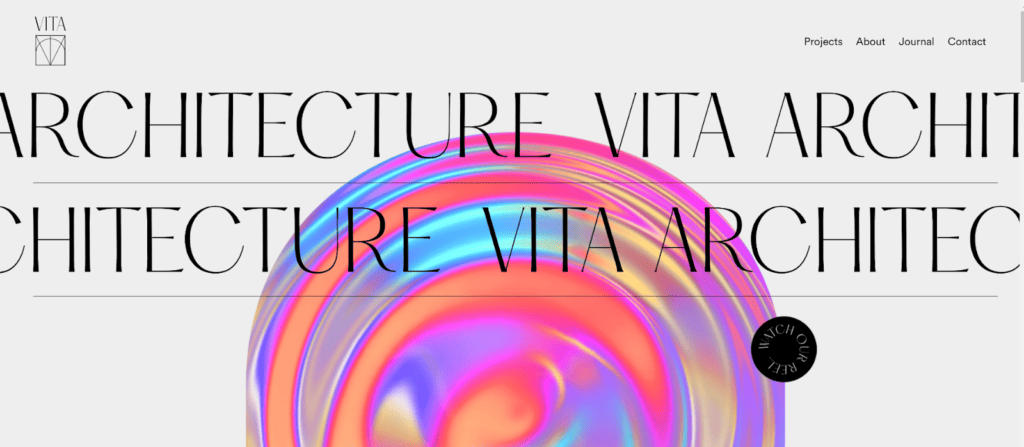
Gone are the days of muted tones and playing it safe. Bold, vibrant splashes of colour are taking over in modern digital design. Bright hues instantly grab attention while also eliciting robust emotional responses.
Key reasons why vivid colours are surging in popularity:
- It makes designs more exciting and energetic
- Allows brands to express creativity and joy
- Helps essential elements stand out
- Fosters positive emotions in users
Some of the trendiest lively hues right now include:
- Vibrant orange – Invokes enthusiasm, creativity, and cheer
- Lime green – Fresh, energetic, and optimistic
- Radiant purple – Sophisticated and magical
- Electric blue – Fun, playful, friendly
When used effectively, vibrant colour schemes make designs pop off the screen. They capture attention while breathing new life into digital experiences.
Dynamic Duotones
Duotones lend visual interest through the combined use of two colours. Often, one colour is used for extensive backgrounds while the second accentuates UI elements like buttons, headers and icons. Apple Music incorporates vibrant duotones to reflect different music genres. Duotones can also include gradients between colours for added dynamism.
Psychedelic Rainbow Palettes
Ultra-saturated rainbow palettes conjure feelings of joy and nostalgia. Gradations across the colour spectrum also provide depth and dimension. Rainbow aesthetics are everywhere, from posters and packaging to app icons and fonts. They work well for anything fun, flashy or retro.
Expressive Gradients
Gradients fade colour into colour, adding texture and visual interest. Once frowned upon in flat design, they're now widely embraced for components like cards, banners, buttons, illustrations and text. Vibrant gradients with pops of contrasting colours are trendy to create excitement.
Dynamic, Animated Interfaces

Another expanding trend is adding motion to digital interfaces through subtle animations and transitions. As designers move away from static pages, we see small touches like animated hover effects, flowing transitions between pages, or icons that change shape.
Subtle motion guides users, maintains continuity, and brings life to interfaces. These animations focus on augmenting key micro-interactions. Done right, they enhance usability without overwhelming.
Examples of Effective Animations
Some examples of nice animated touches include:
- Hover effects on buttons or icons
- Loading sequences when waiting for content to appear
- Scrolling parallax effects as you move down a page
- Morphing shapes between navigation menu item changes
- Photo gallery transitions as you slide between images
Best Practices For Motion Design
When adding motion, focus on purpose over flashiness:
✅ Guide attention
✅ Indicate state changes
✅ Maintain continuity
✅ Enhance micro-interactions
❌ Avoid gratuitous motion
❌ Don’t overcomplicate interfaces
By enhancing UX judiciously, animated interfaces create more engaging, dynamic experiences.
Immersive Interactions through VR and AR

Expanding beyond screens, some digital designers now create immersive environments using virtual reality (VR), augmented reality (AR), or mixed reality. These technologies are unlocking more experiential interfaces and interactions.
In VR, users enter virtual spaces through headsets, exploring and interacting via motion controls. AR overlays digital elements onto natural environments via mobile devices or headsets. Mixed reality blends both together.
Opportunities Offered by XR Technologies
- Total immersion in digital environments
- Interactive 3D visuals
- Digitally transform spaces
- Simulation opportunities
- Expanded sensory elements
Example XR Applications
- Virtual shopping
- Immersive entertainment
- Architectural previews
- Medical learning simulators
- Industrial modelling
These technologies enable even more innovative human-computer interactions and experiences as they mature. This expands the canvas for interface designers exponentially.
Rise of Voice-Based Interfaces
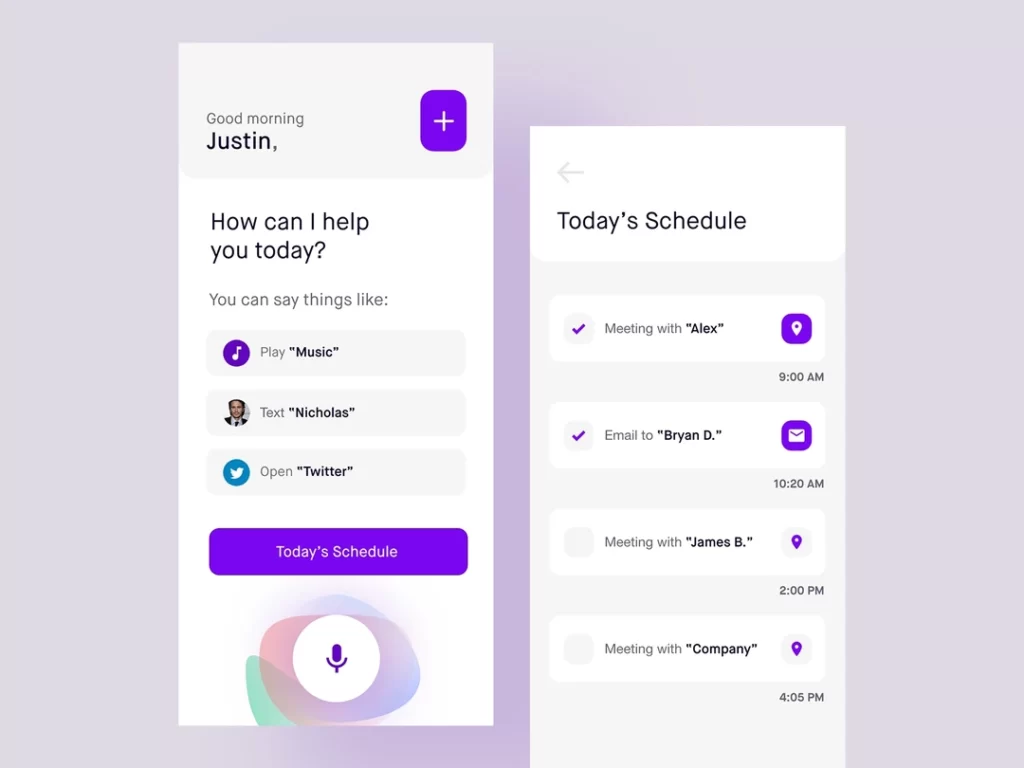
Another emerging trend is designing for voice-based interfaces as smart assistant usage grows. With more people engaging through conversational UIs on devices like Amazon Alexa and Google Home, designers must optimise experiences for voice.
Critical aspects of voice UI design include:
- Personality: Give the interface a consistent character
- Conversational style: Use natural speech patterns
- Context awareness: Maintain continuity and leverage contextual data
- Audio branding: Incorporate distinct audio styling like musical motifs
Opportunities with Voice Interfaces
Conversational interfaces create new opportunities, including:
- Eyes-free experiences
- Accessibility for disabilities
- Expanded platform reach
- Personalisation potential
- Frictionless engagements
As voice input becomes familiar alongside visual interfaces, designers must choreograph complementary experiences users can fluidly transition between.
The Rise of Generative Design

AI is also transforming digital design through generative design systems. Rather than manually creating every asset, designers leverage algorithms to generate countless iterations matching specified parameters dynamically.
The designer defines desired attributes like style, colours, composition patterns, etc. The generative model then outputs original, on-brand assets with infinite possibilities.
Over time, machine learning algorithms customise outputs based on human selection to further refine designer preferences. This amplifies creativity exponentially.
Benefits of Generative Design
- Automates repetitive design tasks
- Creates more iterations than humanly possible
- Generates completely original outputs
- It saves immense amounts of time
- Augments designer creativity substantially
Through collaborating with AI systems, designers direct computers to handle tedious production work while focusing their energy on high-value creative oversight and curation roles.
AI Recommendations Predict Preferences
Powerful AI algorithms analyse patterns in user behaviours, interests and preferences to provide personalised recommendations. Music and streaming services famously use predictive recommendations to suggest custom playlists, shows, products, etc. Apps even recommend content based on recent conversations and activity in other services. The ubiquity of accounts tied to individuals makes AI personalisation much more accurate and effective.
Personalisation and AI Drive More Tailored Experiences
Generic, one-size-fits-all digital experiences are fading away. The ability to tailor interactions to individual preferences and contexts is now expected. Personalisation technology and AI advancements are making customised engagements scalable across customer touchpoints.
The Movement Towards Digital Wellbeing
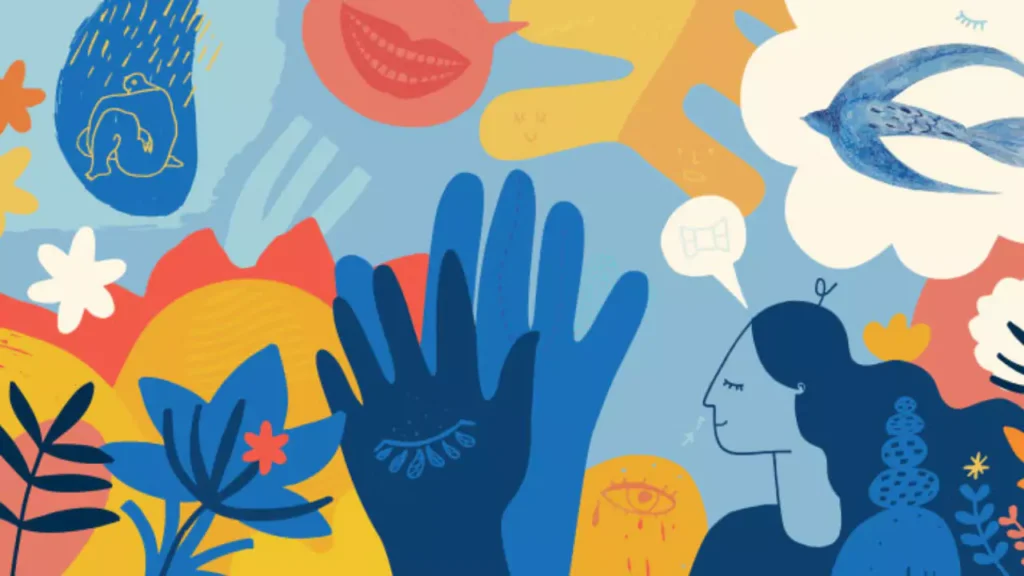
Another rising consideration is how design decisions affect user health. People now spend immense amounts of time interacting through digital interfaces on devices, and spending too much time on devices negatively impacts mental and physical well-being.
Some examples of poor digital well-being habits enabled through specific interface designs include:
- Compulsive social media scrolling
- Addictive behaviours looped into experiences
- Distracting notifications interrupting the focus
- Dark patterns nudging undesirable actions
- Promoting lousy posture for long durations
More designers now think about digital well-being implications using strategies like:
- Monitoring usage and setting limits
- Minimising distracting elements
- Discouraging addictive interaction loops
- Allowing batched notifications
- Promoting healthy usage habits
Design cannot single-handedly ensure positive behaviours but can empower users rather than negatively exploit their vulnerabilities.
Design Ops Adds Workflow Rigor
The concept of design operations (or DesignOps) brings greater efficiency, consistency and rigour to designer workflows and deliverables. Cross-functional documentation, open knowledge repositories, and lean processes reduce redundancies and keep team members aligned. Role clarity, standardised deliverable templates and ongoing mentorship further professionalise output while optimising the use of designers’ time and talent.
Agile Design Culture Values Flexibility
Waterfall design methods with long sequential phases give way to agile workflows that welcome flexibility and change. Small, empowered teams focus on rapid prototyping and user feedback cycles to validate concepts faster. Needs can pivot quickly in response to market conditions and new opportunities uncovered through continual testing. Leadership seeks to foster cultures embracing iteration, transparency, and fearless user-centred experimentation.
Holistic Design Systems Unify Experiences
To connect growing numbers of customer touchpoints, brands are investing in unified design systems codifying guidelines, UI patterns, design assets, code components and UX writing principles. These holistic systems allow designers and developers to assemble consistent omnichannel experiences rapidly. Version control ensures updates sync across channels. Centralised systems also encourage unity between the creative desire for novelty and the business need for efficiency.
Blurring Physical and Digital Worlds
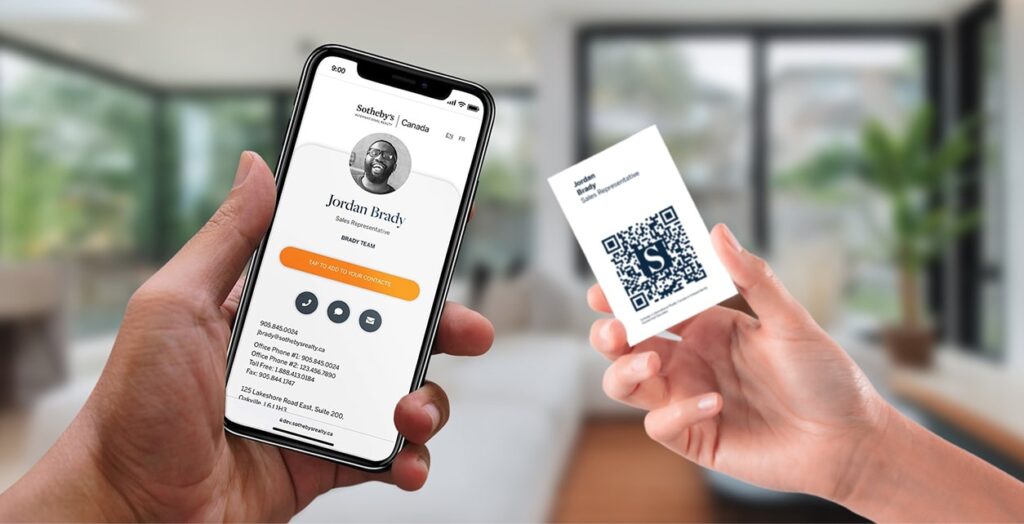
Some innovative concepts blend physical and digital worlds through interactive interfaces embedded into natural spaces. These may include:
- Surfaces or architecture with digital displays
- Objects or clothing with digital capabilities
- Environments with integrated technology
- Digital filters/layers augmenting physical spaces
Example Applications
We may see everyday environments transform through digital enhancements like:
- Storefronts with customisable displays
- Desks with integrated monitors
- Walls covered in interactive tiles
- Smart mirrors overlaying digital content
- VR simulations replacing model homes
This bridges industrial design, architecture, interior design, UX and UI in cutting-edge ways – unlocking creativity.
Prioritising Inclusive and Ethical Design

Finally, more focus shifts towards inclusive design and reducing bias. With technology's exponential reach, designers must proactively consider its societal impact.
Important initiatives include:
- Accessibility: Enable usage across disabilities
- Diversity: Represent all groups respectfully
- Privacy Protection: Secure personal data conscientiously
- Sustainability: Minimize environmental harms
- Algorithmic Fairness: Check biases in AI systems
Digital experiences should empower all users equitably. This requires understanding diverse perspectives and crafting interactions consciously – not amplifying exclusion.
Conscientious designers build more just and empowering systems aligning better with human values by baking these considerations into their process.
Conclusion
It’s a fascinating time to be part of the digital design field as artists, marketers, engineers and business leaders collectively reimagine the next generation of products, services and experiences.
While nobody can predict all the innovations we must look forward to in the years ahead, a few things seem inevitable. Firstly, expect human-centred design to become even more important as technologies continue embedding themselves in our work, homes and daily routines.
Additionally, solutions blending physical and digital interactions will likely expand thanks to advances in areas ranging from extended reality (XR) and robots to AI-powered ambient computing. The notions of computers and mobile devices will evolve thanks to leaps in materials, natural language comprehension and spatial computing.
Of course, fresh design specialities will also surely emerge around designing for drones, self-driving vehicles, smart cities, the metaverse and other pillars of 21st-century life. Yet some needs remain constant across generations – namely, the profoundly human desires to feel joy, forge meaningful connections, and lead lives of purpose and fulfilment however we define them.
May we dream boldly and build humanely as digital experiences continue transcending barriers between people, information, tools, and opportunities for empowerment. The most responsible forms of innovation begin with empathy, integrity and service to fundamental human needs. By starting from this mindset, technologists and designers can play pivotal roles in shaping happier, healthier and more just futures for all.
Digital Design Trends FAQs
What is digital design?
Digital design encompasses the creation of websites, mobile applications, interfaces, software, and other interactive systems experienced primarily on electronic devices. It focuses on usability, aesthetics, and technical functionality.
How is digital design evolving?
Key evolution areas include more straightforward and minimalist interfaces, dynamic and animated interactions, immersive technologies like AR/VR, voice-based UIs, AI-powered generative capabilities, digital wellbeing focus, embedded physical integrations, and emphasis on inclusive, ethical design.
What skills are most relevant for tomorrow’s digital designers?
Critical skills include user experience (UX) mastery, visual and motion design expertise, copywriting and conversational UI capabilities, web development/coding abilities, understanding of emerging tech, research skills, and practising inclusive design.
How can designers stay updated given the rapid changes?
Ways designers can stay updated include reading industry publications, attending events and conferences, learning new tools, experimenting with emerging tech, practising lifelong learning, gathering user feedback often, and collaborating within expansive professional networks.
Why should inclusivity and ethics be prioritised in digital design?
Because technology now mediates immense aspects of society, designers' choices wield exponential influence. To build spaces that empower everyone justly, they must proactively consider inclusion, accessibility, diversity, and privacy and mitigate unintended harm through ethical design.
